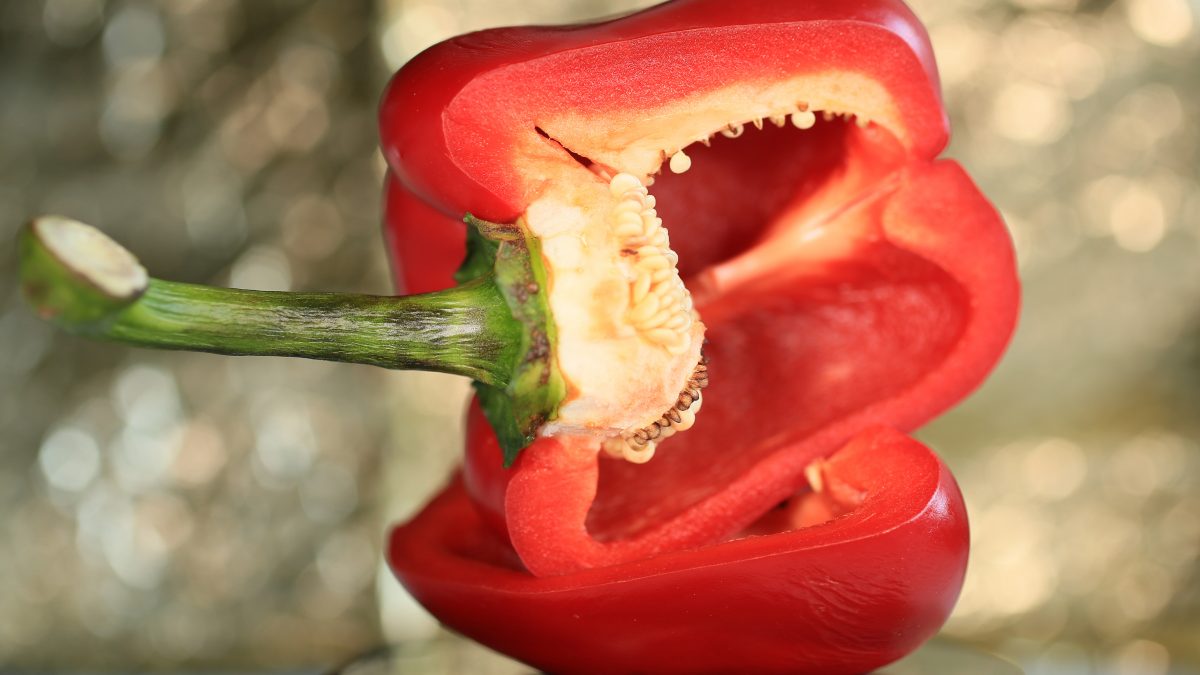Parkinson’s disease is a movement disorder striking 1 percent of our older population and is the 14th leading cause of death in the United States. While we don’t really know what causes it, we do know that people with a smoking history only appear to have about half the risk. Of course, “[s]moking is hugely damaging to health; any benefit derived from a reduction in risk of Parkinson’s disease is outweighed by the increased risks of cancer and cardiovascular disease,” as well as lung disease, but this shouldn’t stop us from “evaluating tobacco components for possible neuroprotective effects.”
Nicotine may fit the bill. If nicotine is the agent responsible for the neuroprotective effects, is there any way to get the benefit without the risks? That’s the topic of my video Peppers and Parkinson’s: The Benefits of Smoking Without the Risks?.
After all, where does nicotine come from? The tobacco plant. Any other plants have nicotine? Well, tobacco is a nightshade plant, so it’s in the same family as tomatoes, potatoes, eggplants, and peppers. And guess what? They all contain nicotine as well.
That’s why you can’t tell if someone’s a smoker just by looking for the presence of nicotine in their toenail clippings, because non-smokers grow out some nicotine into their nails, as well. Nicotine is in our daily diet—but how much? The amount we average in our diet is hundreds of times less than we get from a single cigarette. So, though we’ve known for more than 15 years that there’s nicotine in ketchup, it was dismissed as insignificant. We then learned that even just one or two puffs of a cigarette could saturate half of our brain’s nicotine receptors, so it doesn’t take much. Then, we discovered that just exposure to second-hand smoke may lower the risk of Parkinson’s, and there’s not much nicotine in that. In fact, one would only be exposed to about three micrograms of nicotine working in a smoky restaurant, but that’s on the same order as what one might get eating the food at a non-smoking restaurant. So, the contribution of dietary nicotine intake from simply eating some healthy vegetables may be significant.
Looking at nightshade consumption, in general, researchers may have found a lower risk compared to other vegetables, but different nightshades have different amounts of nicotine. They found none in eggplant, only a little in potatoes, some in tomatoes, but the most in bell peppers. When that was taken into account, a much stronger picture emerged. The researchers found that more peppers meant more protection. And, as we might expect, the effects of eating nicotine-containing foods were mainly evident in nonsmokers, as the nicotine from smoke would presumably blot out any dietary effect.
This could explain why protective associations have been found for Parkinson’s and the consumption of tomatoes, potatoes, and a tomato- and pepper-rich Mediterranean diet. Might nightshade vegetables also help with treating Parkinson’s? Well, results from trials of nicotine gum and patches have been patchy. Perhaps nicotine only helps prevent it in the first place, or could it be that it isn’t the nicotine at all, but, instead, is some other phytochemical in tobacco and the pepper family?
Researchers conclude that their findings will be need to be reproduced to help establish cause and effect before considering dietary interventions to prevent Parkinson’s disease, but when the dietary intervention is to eat more delicious, healthy dishes like stuffed peppers with tomato sauce, I don’t see the reason we have to wait.
Benefits of smoking? See the tobacco industry gloat in my video Is Something in Tobacco Protective Against Parkinson’s Disease?.
Bell peppers may actually be healthiest raw, as I discuss in Best Cooking Method.
What about tomato products? Choose whole, crushed, or diced tomatoes instead of tomato sauce, purée, or paste. Why? See Inhibiting Platelet Activation with Tomato Seeds for the answer.
You may be interested in my in-depth video series on the Mediterranean Diet:
- Why Was Heart Disease Rare in the Mediterranean?
- The Mediterranean Diet or a Whole Food Plant-Based Diet?
- PREDIMED: Does Eating Nuts Prevent Strokes?
- Which Parts of the Mediterranean Diet Extended Life?
- Do Flexitarians Live Longer?
- Improving on the Mediterranean Diet
- Mediterranean Diet and Atherosclerosis
In health,
Michael Greger, M.D.
PS: If you haven’t yet, you can subscribe to my free videos here and watch my live, year-in-review presentations:
- 2012: Uprooting the Leading Causes of Death
- 2013: More Than an Apple a Day
- 2014: From Table to Able: Combating Disabling Diseases with Food
- 2015: Food as Medicine: Preventing and Treating the Most Dreaded Diseases with Diet
- 2016: How Not To Die: The Role of Diet in Preventing, Arresting, and Reversing Our Top 15 Killers
